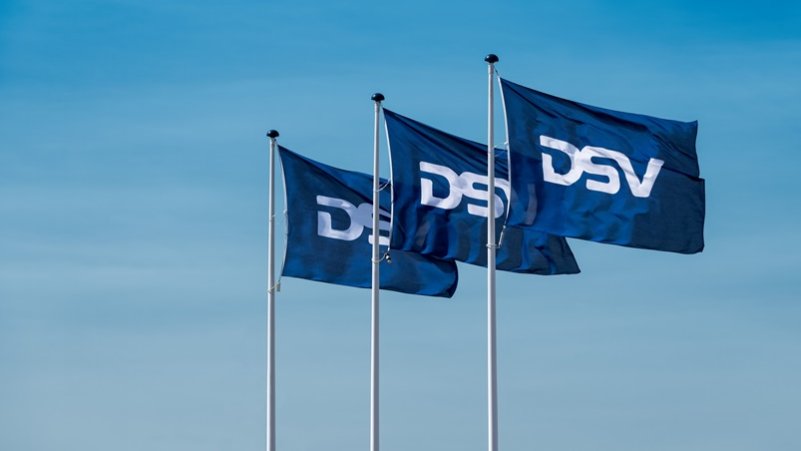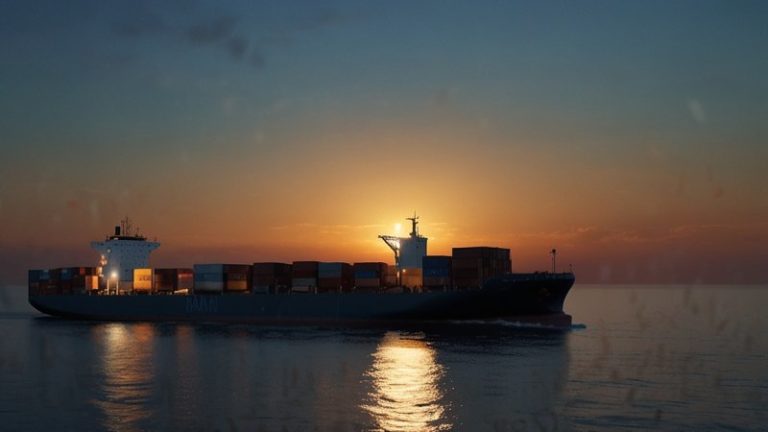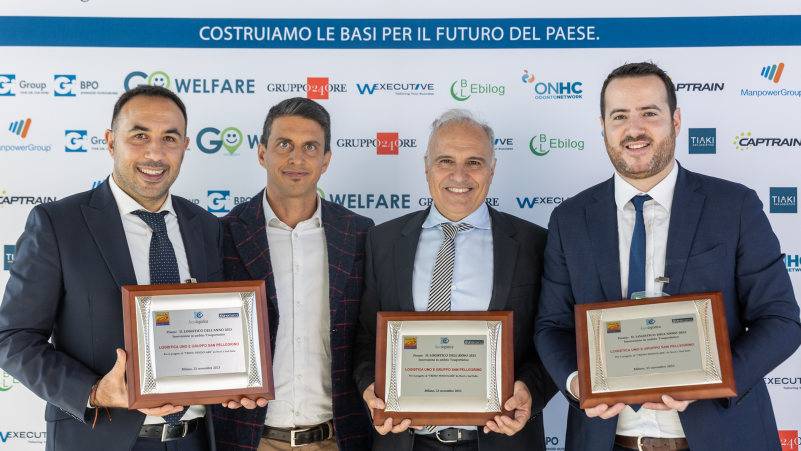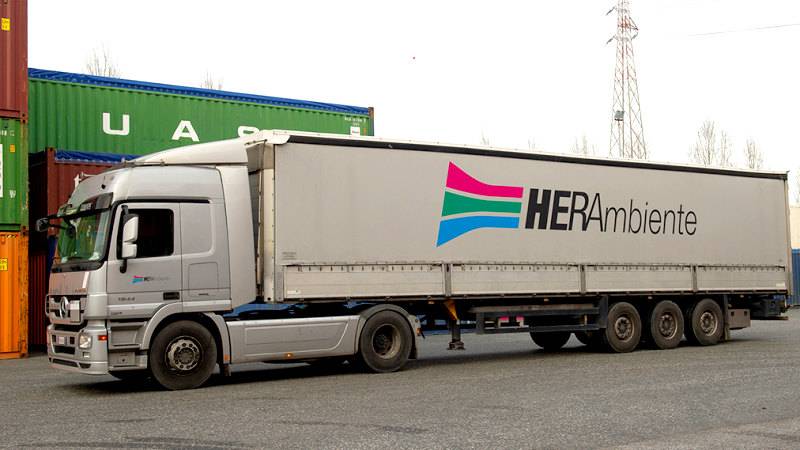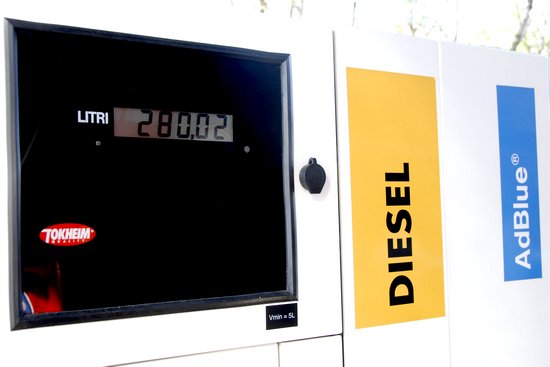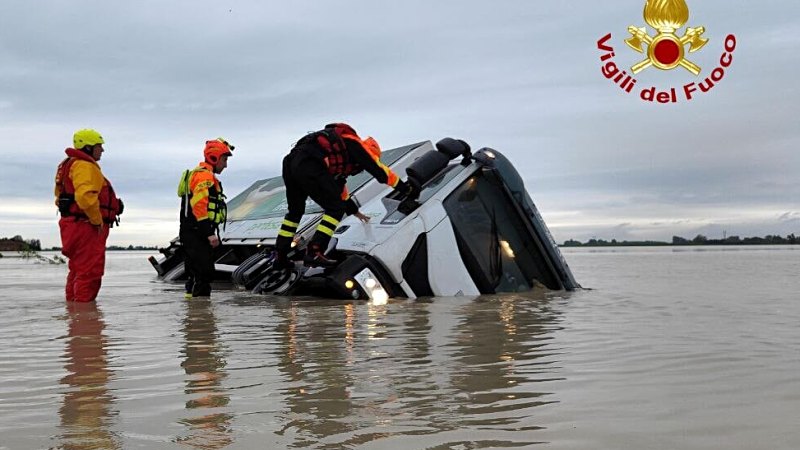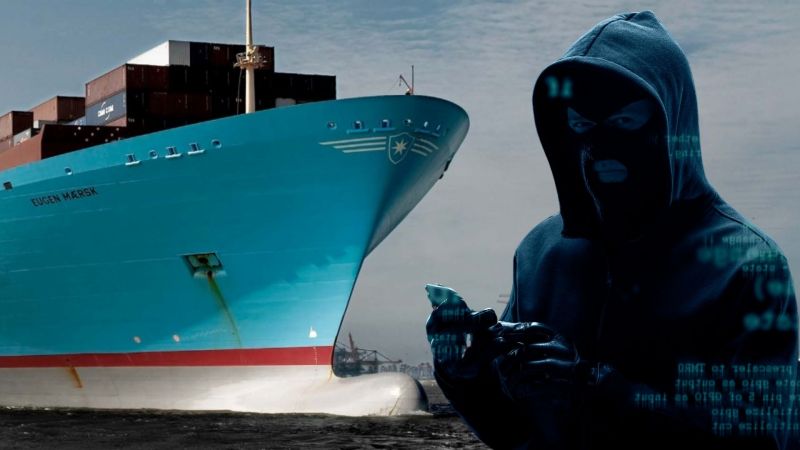The International Maritime Organization has taken a significant step in the fight against climate change by approving a set of measures aimed at progressively reducing greenhouse gas emissions from maritime transport, with the goal of reaching net zero by 2050. During the 83rd session of the Marine Environment Protection Committee (MEPC 83), held in London from 7 to 11 April 2025, participants defined the world's first regulatory framework that imposes binding emission limits and introduces a global carbon pricing mechanism applied to the entire shipping sector.
At the heart of the proposal is the introduction of a global tax on emissions from merchant vessels, with a levy that could reach up to 150 US dollars per tonne of CO2. The aim is to encourage a shift away from fossil fuels towards more sustainable alternatives such as methanol, ammonia or hydrogen, thereby reducing the environmental impact of maritime transport, which currently accounts for about three percent of global emissions. Discussions focused at the IMO headquarters in London, where representatives from member states are not only evaluating the implementation details of the tax but also working on a broader green protocol to reform the entire sector with an ecological approach. However, the proposal has sparked strong diplomatic tensions, particularly with the United States.
Washington, which until a few months ago was among the main advocates of maritime decarbonisation, has announced its withdrawal from the negotiations, threatening “reciprocal measures” against countries that approve the tax. The shift in position, attributed to the new Trump administration, has surprised many observers, especially considering that in 2023 the United States had strongly supported the goal of “zero emissions” in the maritime sector. In a diplomatic note distributed to specialised media outlets including Lloyd’s List and Reuters, Washington described the carbon tax as an “economic burden” that would worsen global inflation, with a direct impact on import costs and, consequently, on US consumers.
Despite the US backtracking, the IMO has approved the so-called Net-Zero Framework, which will be formally adopted in October 2025 and is expected to enter into force in 2027. The package will apply to all ships above 5,000 gross tonnage, which are responsible for 85 percent of total maritime transport emissions, and will be included in the new Chapter 5 of Annex VI of the Marpol Convention. The mechanism foresees a progressive reduction in the carbon intensity of fuels used, measured through a life-cycle assessment approach. Ships that exceed the prescribed thresholds will be required to purchase offset units, while those that perform better will receive economic incentives.
A key element will be the creation of the IMO Net-Zero Fund, financed through contributions linked to emissions. The resources collected will be used to reward low-emission vessels, fund research and innovation projects, support developing countries and mitigate the negative effects of the ecological transition on particularly vulnerable states, such as small islands or less industrialised nations.
The global tax proposal has received support from around sixty countries but faces resistance from other major maritime powers such as China, Brazil, Saudi Arabia and South Africa, which are pushing for an alternative approach based on emissions trading. This system, known as “cap-and-trade”, would allow shipowners to purchase credits from operators with emissions below the limits. However, critics argue it risks favouring large players who can “buy” compliance without making real changes to their operational practices.
The divisions are not only political. Positions within the private sector are also split. Many shipowners fear the cost of the tax will be directly passed on to shipping rates, with repercussions for consumer prices. In 2024, for example, many companies were forced to reroute maritime traffic away from the Red Sea due to attacks by Houthi rebels, opting instead for longer and more expensive journeys around the Cape of Good Hope. This situation has already led to increased operational costs and has intensified the debate on balancing environmental and economic sustainability.
Meanwhile, some major carriers are investing in next-generation vessels equipped with dual-fuel propulsion systems capable of using alternative fuels. It is an important signal, but not sufficient on its own to significantly reduce the sector’s overall impact. The real risk is that the US withdrawal from negotiations could slow down the entire decarbonisation process, undermining efforts towards a binding global agreement. In this context, the IMO faces a delicate challenge: to maintain international consensus and advance an ecological transition that is meaningful, fair and compatible with the economic needs of operators and member states.



